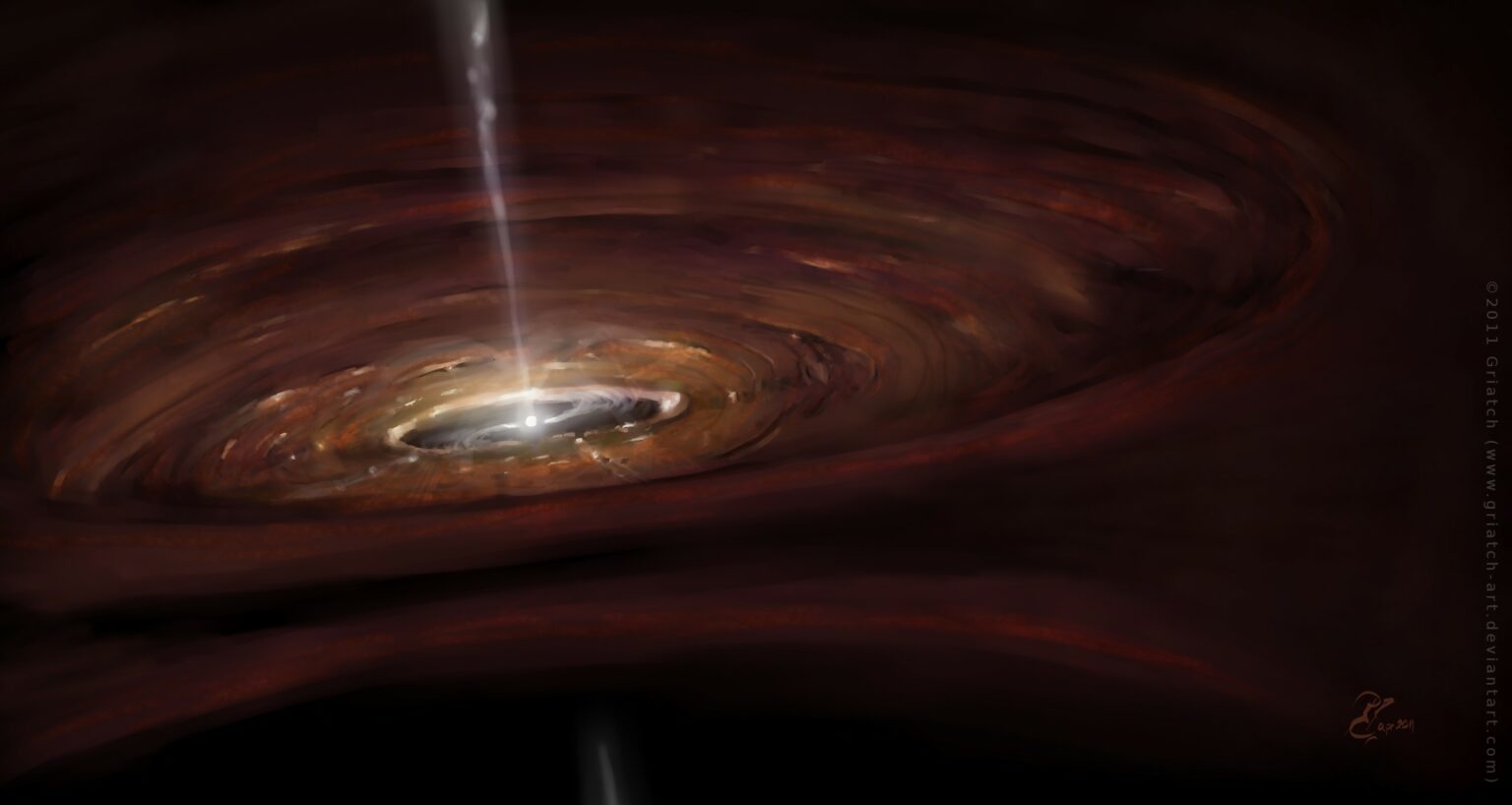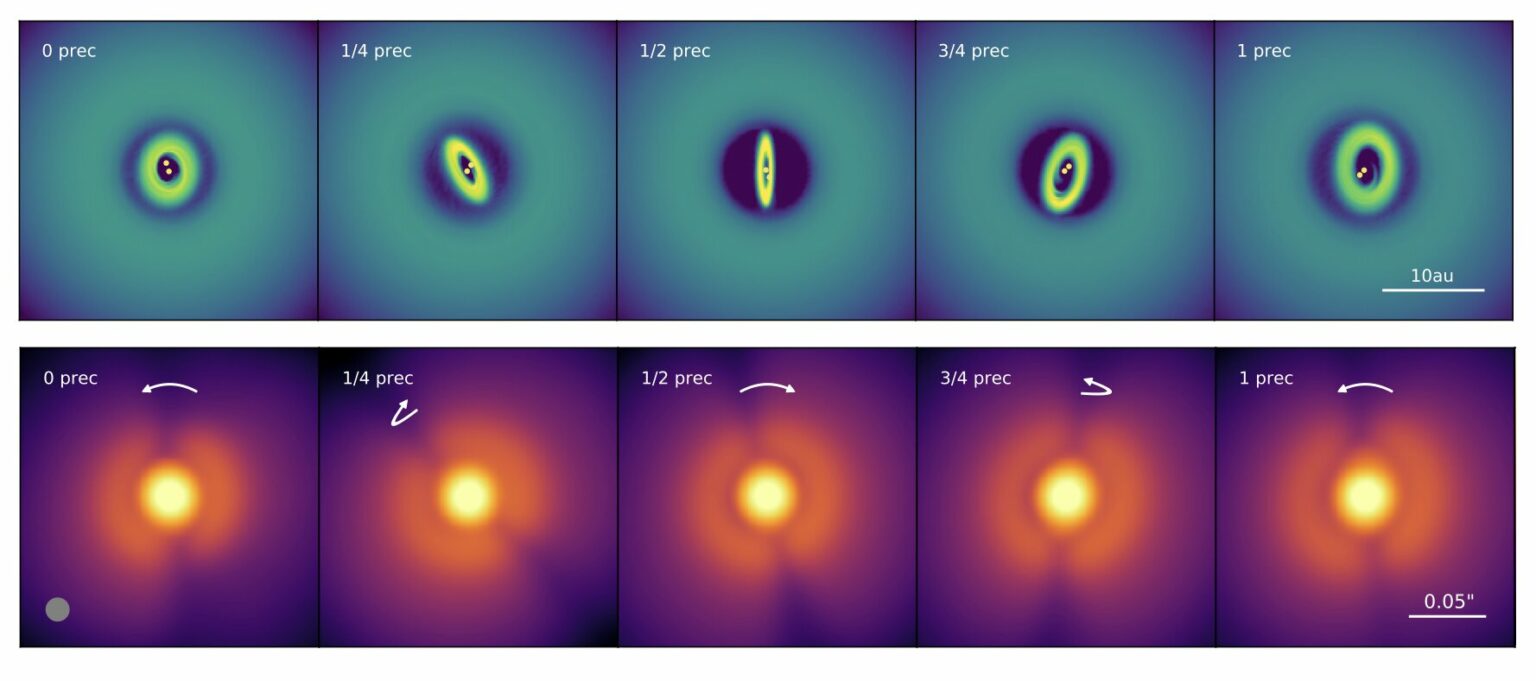Some of the protoplanetary disks around young stars look broken. At the same time, the inner part of them casts a very strange external shadow on the rocking.

Amazing Protoplanetary Disks
Scientists from the University of Warwick have discovered a previously unknown effect of rocking shadows. These shadows are really huge, because they arise from young stars around which protoplanetary disks exist. The masses of dust and gas collected around the star under the influence of gravity begin to rotate around it and sometimes acquire amazing shapes.
The name “protoplanetary disk” suggests that it should be something resembling a plate or CD in shape. However, studies conducted with the help of an array of ALMA antennas show that this is not always the case. These small radio telescopes work as a whole in the millimeter and submillimeter ranges. With the help of them, it is possible to obtain sufficiently detailed images of objects that emit almost no energy in the visible spectrum.

But the images of protoplanetary disks obtained by this telescope show shadows. They are thrown to the outer regions of the inner parts of the gas-dust formations. They indicate that the orientation of the inner rings of the substance is not the same as that of the outer ones.
Rocking Shadows
There is nothing surprising for scientists that different parts of protoplanetary disks are oriented in their own way. Systems that have gone further in their development often break up into separate gas rings, between which newborn planets move. But how these parts of the disks interact with each other has remained unknown until now.
Therefore, scientists have modeled with the help of a powerful computer how shadows should behave in such systems. It turned out that instead of rotating in a circle, like a clockwise arrow, they would rock back and forth. This explains the geometric parameters of the objects themselves.
But in order to verify this, more detailed research is needed. Scientists are confident that JWST will be able to examine protoplanetary disks in more detail. Thanks to it, it will be possible to understand how such “broken” disks really behave and whether in all systems the planets will rotate in the same plane as in our own.
According to phys.org
Follow us on Twitter to get the most interesting space news in time
https://twitter.com/ust_magazine
